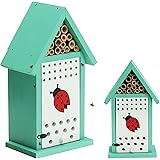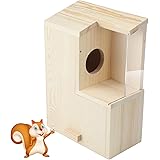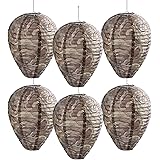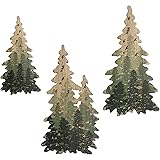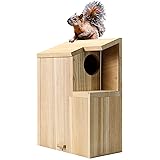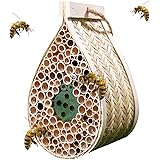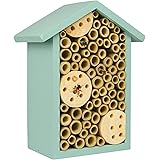
Flying is a big part of the life cycle of ladybugs. They are a type of beetle that has six legs and a hard, brightly colored cover called the elytra that protects their fragile wings underneath.
When a ladybug takes flight, the elytra closes and the wings unfold. The elytra also folds back up to form a protective covering for the wings, like an envelope, when the ladybug isn’t flying.
The elytra can be translucent, transparent, or colored with small black spots, like a zebra print. They are usually round and about the same size as a ladybug’s body.
They are very fast and can reach speeds of 37mph. They can also travel as high as 3,600 feet.
Their wings are complex, but they only need to fold a few times before they can start flying. They do this by dragging the wings along their inner edges, which are shaped to fit the curve of the hind wings veins.
Until now, scientists have not known exactly how this happens. They assumed it was some sort of folding similar to the way we do it when we make origami art.
Researchers have recently discovered that these crease lines on the hind wings are actually the beginning of an unfolding and folding process that is more complicated than we previously thought. They used state of the art technology to see this unfolding/folding process clearly for the first time.
In this study, a team of Japanese engineers replaced one of the ladybug’s elytra with a transparent prosthetic to see what was underneath. Once the elytra was removed, they observed the ladybug’s hind wings fold and unfold as they would have when flying.
The resulting video shows the process in slow motion. You can even see the wing fluttering, which is a great example of how the wings work.
They can only fly when the air temperature is between 55degF and 70degF.
This means that when the weather is cool and rainy, they aren’t able to fly. In fact, they are more likely to crawl than try to fly in the rain.
They do however, use their wings to move from plant to plant if aphids are starting to die off or if they are moving away from the source of food. They also use their wings to travel a long distance when they are traveling between different plants in the garden or to find another spot to eat if they get hungry.
They can also tuck their head and legs under their thorax when they feel threatened. This helps them look dead to predators and makes it less likely that they will be eaten. They also hide under leaves, rocks, and tall grasses to stay safe. They can often be found under the bark of trees. When you see a ladybug, watch it closely. You may be able to scoop it up with a paper cup and place it in your jar!

